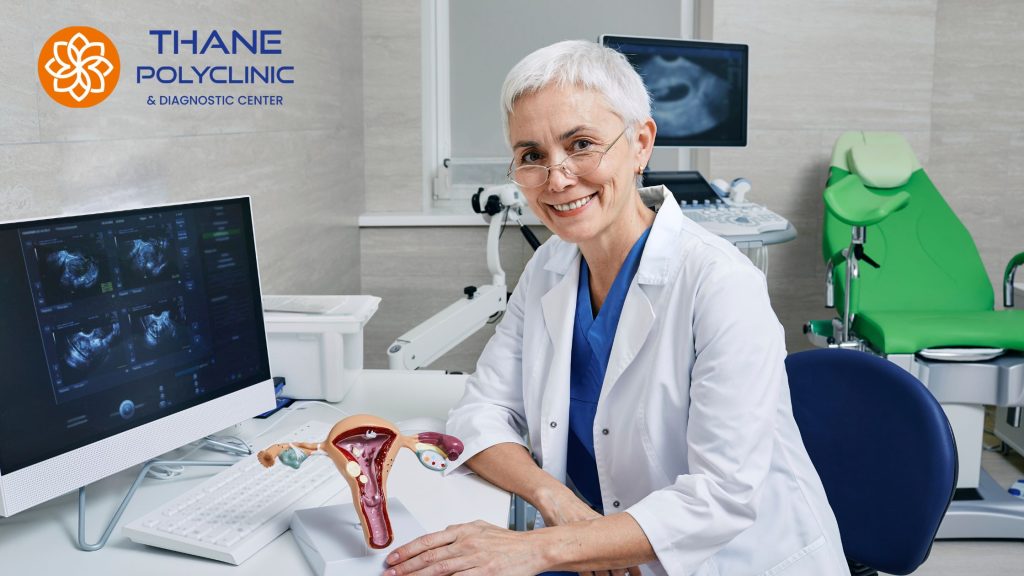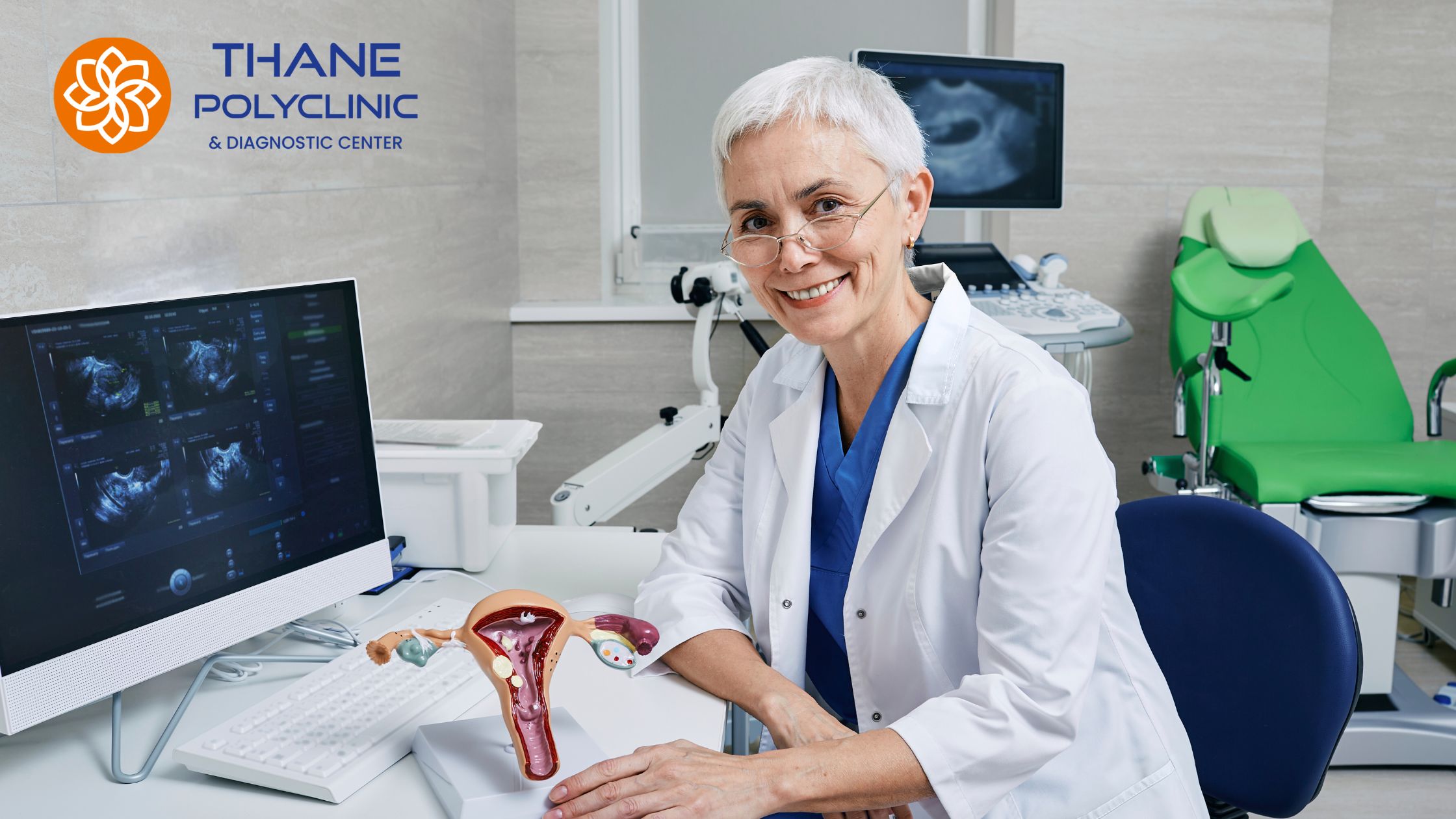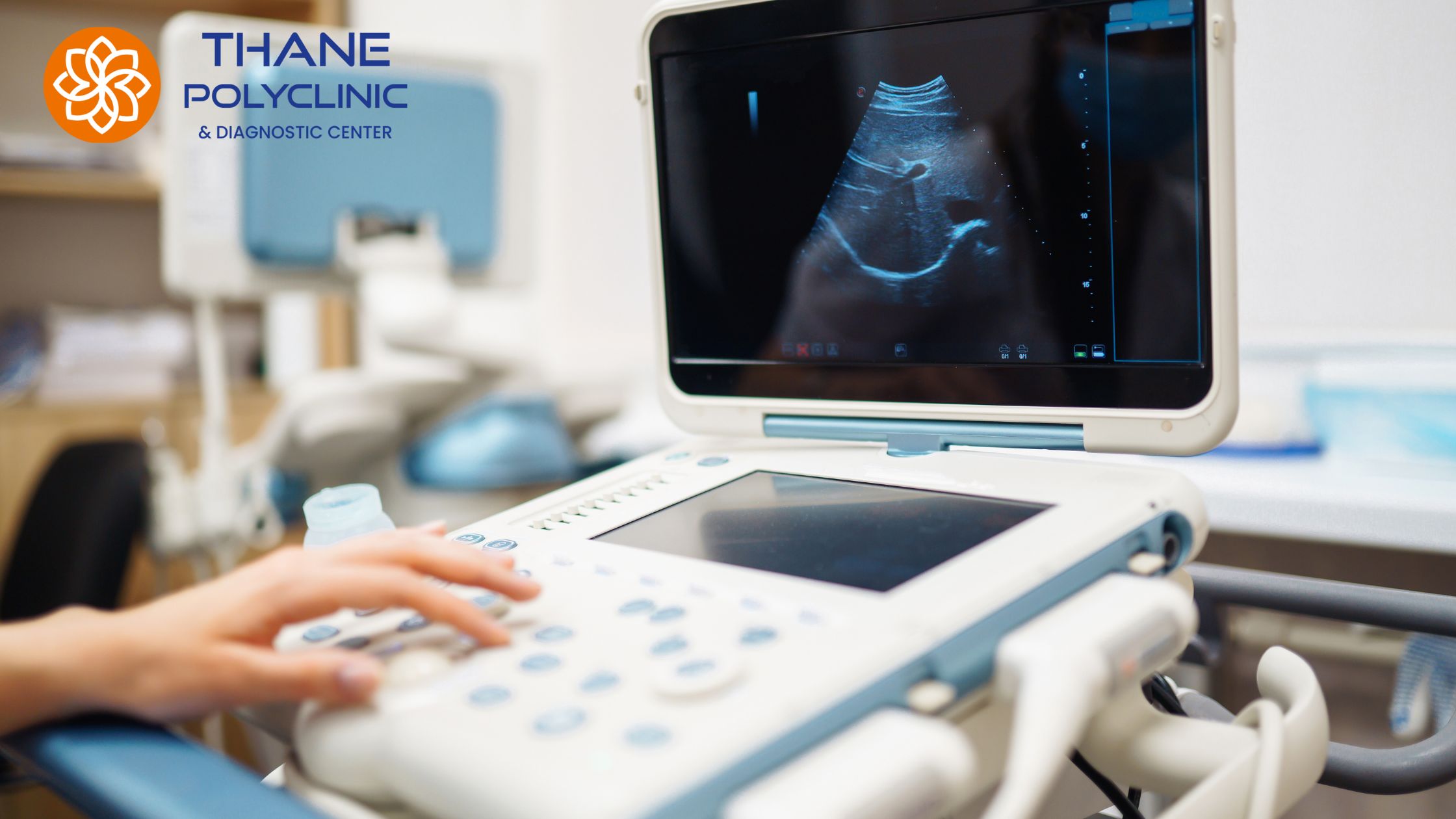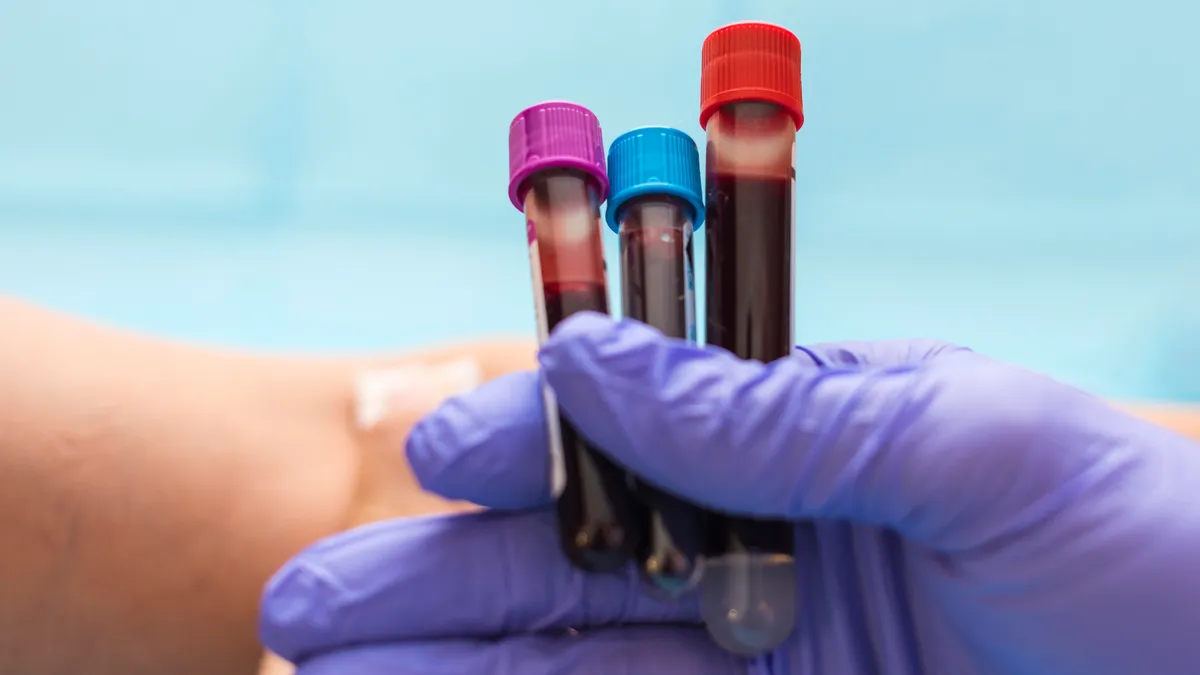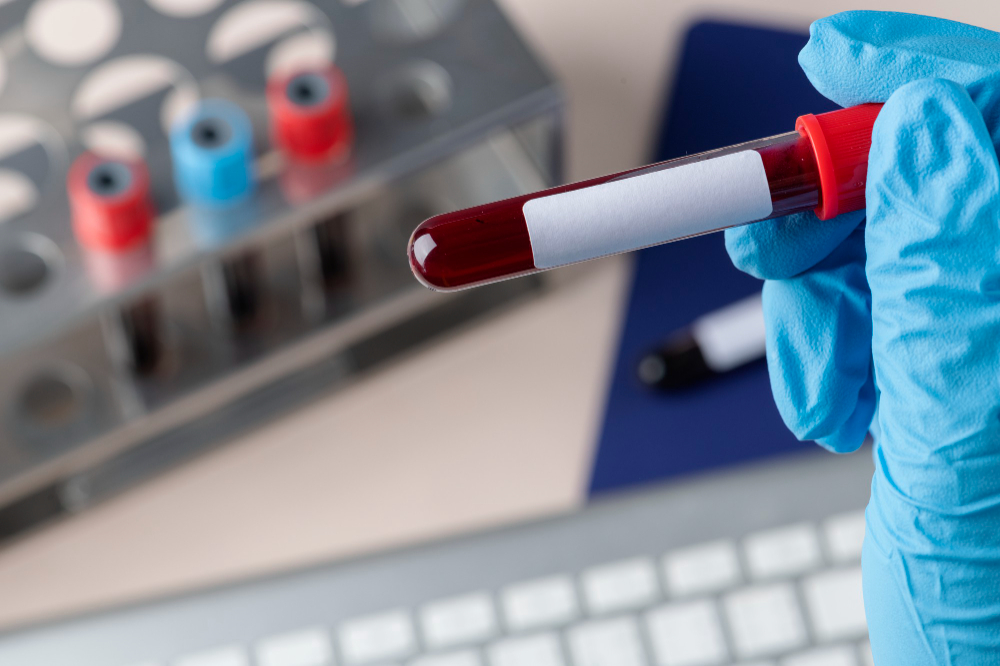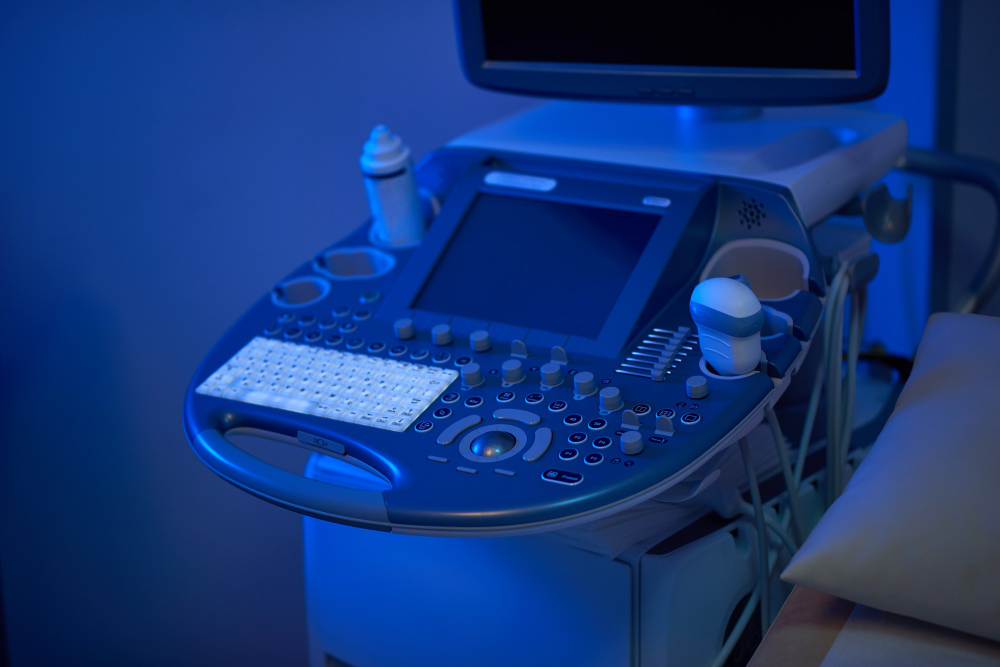An Awareness Guide by Thane Polyclinic
Women’s health is complex, intimate and — too often — misunderstood. Many common gynaecological problems are treatable, and, when caught early, manageable with simple interventions. Yet stigma, lack of awareness, and misattribution of symptoms (“that’s just period pain”) lead many women to wait too long before seeking help. This guide is written to be practical, reassuring, and empowering, explaining the most common gynaecological problems, how they present, when to consult a doctor, and what treatments or screenings are available. Wherever possible, we highlight facts backed by international and national evidence and prepare you to have better conversations with your healthcare provider.
Common Gynaecological Problems — an overview
Below are the conditions most women encounter in clinics. For each, you’ll find: what it is, typical symptoms, how it’s diagnosed, simple first-line treatments, and when to see a specialist.
1. Menstrual disorders (heavy, irregular or painful periods)
What it is: Menstrual disorders include heavy menstrual bleeding (menorrhagia), irregular periods, absent periods (amenorrhea), and severe menstrual pain (dysmenorrhea).
Symptoms to watch for:
- Soaking through pads/tampons every 1–2 hours
- Bleeding lasting longer than 7 days or unusually heavy clots
- Periods that suddenly change pattern (heavier/lighter or more frequent)
- Severe cramps that limit daily activities or require opioids
Why it happens: Hormonal imbalances (thyroid problems, PCOS), uterine causes (fibroids, polyps), bleeding disorders, pregnancy-related issues, or medications (anticoagulants). In adolescents and perimenopausal women, hormonal fluctuations are common contributors.
Diagnosis: Clinical history, pelvic exam, blood tests (haemoglobin, thyroid, hormonal profile), pregnancy test, pelvic ultrasound, and sometimes endometrial sampling.
Treatment options: Hormonal therapies (combined oral contraceptives, progestins), tranexamic acid for heavy bleeding, NSAIDs for pain, IUDs (levonorgestrel) for both contraception and bleeding control; surgical options for structural causes (polypectomy, myomectomy, or in some cases hysterectomy).
When to see a doctor: If bleeding is heavy enough to cause weakness or dizziness, if periods suddenly change or are very painful, or if bleeding occurs between periods or after intercourse.
2. Polycystic Ovary Syndrome (PCOS)
What it is: PCOS is a hormonal disorder characterised by irregular periods, androgen excess (acne, excessive hair growth), and polycystic ovaries on ultrasound. It also has essential long-term metabolic implications.
Why it matters: PCOS is common. Estimates suggest it affects between about 6%–13% of reproductive-aged women globally, and prevalence varies by population and diagnostic criteria. Many women remain undiagnosed. PCOS is a leading cause of menstrual irregularity and infertility and is associated with risks such as insulin resistance, type 2 diabetes, and cardiovascular risk factors.
Symptoms: Irregular or absent periods, heavy bleeding when periods occur, acne, hirsutism (excess facial/body hair), weight gain or difficulty losing weight, and sometimes infertility.
Diagnosis: Based on clinical features, blood tests for hormone levels (LH, FSH, testosterone, prolactin, TSH), and pelvic ultrasound. The Rotterdam criteria (widely used) require two of three: irregular ovulation, clinical/biochemical signs of androgen excess, and polycystic ovaries on ultrasound.
Management: Lifestyle (weight loss, exercise) is first-line for metabolic and menstrual benefits. Combined oral contraceptives regulate cycles and reduce androgen symptoms; anti-androgens (with contraception) may reduce hair growth; metformin helps with insulin resistance; ovulation-induction agents are used when pregnancy is desired. Long-term follow-up for metabolic risk is essential.
When to see a doctor: For irregular periods, sudden weight changes, difficulty conceiving, or symptoms of androgen excess.
3. Uterine fibroids (leiomyomas)
What it is: Fibroids are benign (non-cancerous) muscular growths of the uterus. They are extremely common in women of reproductive age. Estimates suggest that a significant proportion of women — often quoted between 20% and over 50% depending on age and study — develop fibroids at some point during their childbearing years.
Symptoms: Many fibroids are asymptomatic. When symptomatic, they can cause heavy menstrual bleeding, pelvic pressure, urinary frequency (from bladder pressure), constipation (from bowel compression), pelvic pain, or infertility, depending on size and location.
Diagnosis: Pelvic examination and ultrasound are the mainstays. MRI is sometimes used for detailed mapping before surgery.
Treatment: Watchful waiting for small/asymptomatic fibroids. Medical options include tranexamic acid for bleeding, hormonal therapies (combined oral contraceptives, progestins, GnRH analogues for short-term shrinkage).
Procedural/surgical options: uterine artery embolisation, myomectomy (fibroid removal with uterine preservation), or hysterectomy (definitive). Minimally invasive and fertility-sparing options are available.
When to see a doctor: If periods are heavy enough to cause anaemia, if there is increasing pelvic pain/pressure, or when fibroids interfere with fertility plans.
4. Endometriosis
What it is: Endometriosis occurs when tissue similar to the lining of the uterus grows outside the uterus — commonly on the ovaries, fallopian tubes, or pelvic lining. It causes chronic pelvic pain and can affect fertility.
Symptoms: Painful periods that are worse than typical cramps, chronic pelvic pain, pain during intercourse, pain with urination or bowel movements during periods, and sometimes fatigue or infertility.
Diagnosis: Symptoms strongly suggestive of endometriosis prompt clinical evaluation; imaging (transvaginal ultrasound) may detect endometriomas (ovarian cysts related to endometriosis). A definitive diagnosis historically requires laparoscopy (a surgical procedure), although symptoms, imaging, and response to treatment often guide care. The condition can be underdiagnosed, and there are sometimes delays between symptom onset and diagnosis.
Treatment: Pain control (NSAIDs), hormonal suppression (combined OCPs, progestins, GnRH analogues), and surgical removal of disease for severe cases or to improve fertility. Multidisciplinary approaches (pain specialists, physiotherapy, counselling) may be needed for chronic pain.
When to see a doctor: If period pain is severe, if pain interrupts daily life or sexual activity, or if infertility is a concern.
5. Ovarian cysts
What it is: Cysts are fluid-filled sacs in or on the ovary. Many are functional and resolve on their own, especially in reproductive years.
Symptoms: Often asymptomatic; if large, may cause pelvic pain, bloating, or pressure. Sudden severe pain with fever, nausea, or vomiting may signal cyst rupture or ovarian torsion — a surgical emergency.
Diagnosis: Pelvic ultrasound is the key test. Blood testing (e.g., CA-125) may be used in select cases to assess cancer risk, particularly in postmenopausal women.
Treatment: Observation for small, simple cysts; hormonal suppression to prevent new functional cysts; surgery for persistent, large, or suspicious cysts. Emergency surgery if torsion or rupture occurs.
When to see a doctor: Sudden severe pelvic pain, fever, vomiting, or any concerning symptoms.
6. Pelvic Inflammatory Disease (PID)
What it is: PID is an infection of the upper female reproductive tract (uterus, fallopian tubes, ovaries), often caused by sexually transmitted bacteria such as chlamydia or gonorrhea.
Symptoms: Lower abdominal pain, abnormal vaginal discharge, fever, painful intercourse, irregular bleeding. PID can lead to chronic pelvic pain, ectopic pregnancy and infertility if untreated.
Diagnosis: Based on symptoms, pelvic exam, and investigations (vaginal swabs for STIs, ultrasound). Treatment is prompt empirical antibiotics when suspected.
Treatment: Immediate antibiotics, partner notification and treatment, and follow-up testing. Hospital care may be needed for severe disease.
When to see a doctor: Any lower abdominal pain accompanied by fever, abnormal discharge, or after unprotected intercourse — early treatment prevents long-term damage.
7. Vaginal infections and vaginitis (yeast, bacterial vaginosis, trichomoniasis)
What it is: Vaginal infections are common and include yeast infections (Candida), bacterial vaginosis (BV), and trichomonas (a protozoan STI).
Symptoms: Vaginal itching, abnormal odour, unusual discharge (thick white cottage cheese for yeast; thin greyish for BV; frothy green/yellow for trichomoniasis), burning with urination, or pain during sex.
Diagnosis: Clinical exam plus microscopy and swabs to identify the organism.
Treatment: Antifungal creams or oral antifungals for yeast, antibiotics (metronidazole or clindamycin) for BV, specific anti-parasitic therapy for trichomoniasis. Recurrent or persistent symptoms merit further evaluation.
When to see a doctor: New or changing discharge, persistent symptoms after over-the-counter treatment, or symptoms accompanied by fever or pelvic pain.
8. Urinary tract infections (UTIs) & bladder problems
What it is: UTIs are common in women and often present as burning with urination, urgent or frequent urination, and lower abdominal discomfort.
Why it matters: Recurrent UTIs may signal underlying anatomical issues or a need for prophylaxis; a UTI that spreads to the kidneys can cause serious illness.
Diagnosis & treatment: Urine dipstick and culture; short-course antibiotics based on local sensitivities. Hydration and symptom relief help; investigate recurrent cases.
When to see a doctor: Blood in urine, high fever, back pain, vomiting, or persistent symptoms despite antibiotics.
9. Cervical changes and cervical cancer
What it is: The cervix can develop precancerous changes due to persistent high-risk HPV infection. Screening (Pap smear/HPV test) detects these changes early so they can be treated before cancer develops.
Why it matters in India: Cervical cancer remains a major public health issue in India and a leading cause of cancer deaths among women in many regions. Screening and vaccination dramatically reduce risk. Regular screening is recommended for early detection.
Screening recommendations (general): Many global authorities recommend cervical screening starting from age 25–30 and continuing at intervals (depending on the test used). HPV vaccination for adolescent girls (and often boys in many programs) prevents the types of HPV most likely to cause cervical cancer. In India, the rollout of indigenous affordable HPV vaccines has increased access to primary prevention.
When to see a doctor: Abnormal vaginal bleeding (post-coital bleeding, bleeding after menopause), pelvic pain, or unusual discharge. Also, for routine screening, even in the absence of symptoms.
10. Ovarian and uterine (endometrial) cancers
What it is: Less common than benign conditions but essential to recognise. Ovarian cancer can present with vague symptoms (bloating, early satiety, pelvic discomfort) that are frequently missed. Endometrial (uterine) cancer often presents with postmenopausal bleeding.
When to see a doctor: Any unexplained persistent bloating, weight loss, pelvic pain, or bleeding after menopause should prompt medical evaluation.
11. Pelvic organ prolapse
What it is: Weakness of pelvic floor support leading to descent of the uterus, bladder, or rectum into the vaginal canal. More common after childbirth and with age.
Symptoms: A bulge or lump in the vagina, heaviness or pressure, difficulty emptying the bladder or bowels, and sexual discomfort.
Treatment: Pelvic floor exercises (Kegels), pessary devices (vaginal support rings), or surgery in symptomatic cases.
12. Menopause-related issues
What it is: Menopause brings hormonal changes, causing symptoms like hot flushes, vaginal dryness, sleep disturbance, mood changes, and long-term risks (bone density loss, cardiovascular risk changes).
Treatment: Lifestyle measures, local vaginal estrogen for dryness, systemic hormone therapy in selected women after individualised risk–benefit discussion, bone health monitoring and treatment as needed.
Gynaecology Diseases
Some conditions in women’s health go beyond being just “problems” and fall under the category of gynaecological diseases. These require timely medical attention and, in some cases, can be life-threatening if ignored. The good news? Early detection can make all the difference.
Endometrial Cancer
This type of cancer begins in the lining of the uterus (the endometrium). One of the most significant warning signs is unusual bleeding—especially bleeding after menopause.
Other symptoms may include pelvic pain or discharge that seems out of the ordinary. Many women dismiss post-menopausal bleeding as “maybe it’s nothing,” but it should always be checked.
Ovarian Cancer
Often called the “silent killer,” ovarian cancer is tricky because it doesn’t always show symptoms early on. But subtle signs like persistent bloating, abdominal discomfort, or frequent urination should not be ignored.
Women with a family history of ovarian or breast cancer should be extra mindful and go for regular screenings.
Cervical Cancer
The heartbreaking truth is that cervical cancer is one of the most preventable cancers. And yet, thousands of women in India are diagnosed each year, often at later stages.
The two best tools for prevention are:
- HPV vaccination for girls and young women
- Regular Pap smears to catch abnormal changes early
- If caught early, treatment success rates are very high.
Vulvar and Vaginal Cancers
These are rarer, but awareness is key. Persistent sores, itching, or unusual growths in the vulva or vagina should never be brushed aside. A simple check can rule out serious problems.
Gynaecology Issues
Not every concern women face is a disease. Many gynaecology issues impact everyday life in quiet but powerful ways. And because they’re often dismissed as “normal,” women hesitate to seek help.
Here are some examples:
Difficulty conceiving: Infertility can take an emotional toll on couples. But modern medicine has advanced so much—options like IVF, IUI, and fertility counselling have helped countless women become mothers.
Urinary incontinence: Many women, especially after childbirth, experience leakage when coughing, sneezing, or exercising. Though common, it’s not something you have to live with forever. Pelvic floor therapy and treatments can help.
Pain during intimacy: This can stem from vaginal dryness, endometriosis, infections, or even emotional stress. Talking openly about it is the first step toward finding relief.
Hormonal ups and downs: PMS, PMDD, perimenopause mood swings—hormones play a huge role in mental health. Acknowledging this and seeking both medical and emotional support can improve quality of life.
These issues might not always make headlines, but they deeply affect women’s day-to-day lives. And every single one of them deserves attention and care.
Common Gynaecological Problems Every Woman Should Know
Let’s take a moment to recap the most common gynaecological problems every woman should know about:
- Irregular periods
- Heavy menstrual bleeding
- Polycystic Ovary Syndrome (PCOS)
- Endometriosis
- Uterine fibroids
- Vaginal infections
- Pelvic Inflammatory Disease (PID)
- Ovarian cysts
- Menopause challenges
- Cervical and ovarian cancers
This isn’t meant to overwhelm you, but to empower you. Awareness is the first step in protecting your health. The more you know, the better choices you can make for your body.
Women’s Health Problems
It’s also important to look at women’s health problems beyond the reproductive system, because everything is connected.
Gynaecological issues can affect overall health, and vice versa.
- Anaemia: Heavy bleeding often leads to low iron levels, leaving women feeling weak, dizzy, or exhausted.
- Osteoporosis: After menopause, declining estrogen levels can cause bones to become weaker.
- Heart disease: Post-menopausal women face a higher risk of heart conditions.
- Mental health: Hormonal fluctuations can contribute to anxiety, depression, and mood disorders.
When we talk about women’s health, we’re not just talking about fertility or periods—we’re talking about a woman’s entire well-being.
Thane Polyclinic: A Place Where Women Feel Heard
At Thane Polyclinic, we believe women shouldn’t have to suffer in silence. Too often, women normalise pain, brush aside symptoms, or put their family’s health before their own. Our goal is to change that.
When you walk through our doors, here’s what you’ll find:
- Compassionate doctors who take time to listen without judgment
- Modern diagnostics to identify issues quickly and accurately
- Personalised treatment plans—because no two women are the same
- Preventive care, like Pap smears, HPV vaccines, and regular check-ups
- Support across all life stages—from adolescence to motherhood to menopause.
We don’t just want to treat illnesses—we want to support women in living healthier, more confident, and more comfortable lives.
Conclusion
Your body is always speaking to you. Sometimes it whispers—a missed period, a little extra bloating. Other times it shouts—pain so sharp it keeps you awake at night. The question is: are you listening?
Common gynaecological problems are just that—common. You are not alone if you’re facing them. What matters is recognising when something doesn’t feel right and reaching out for help.
At Thane Polyclinic, we’re here to remind you:
- You don’t have to dismiss your pain as “normal.”
- You don’t have to feel embarrassed to ask questions.
- You don’t have to face health problems alone.
Whether it’s irregular cycles, PCOS, fibroids, infections, or the significant changes of menopause, support and solutions are available. The sooner you seek care, the easier it becomes to treat—and the sooner you can get back to living your life fully.
So here’s a gentle reminder, from us to you: you matter, your health matters, and it’s time to put yourself first.


